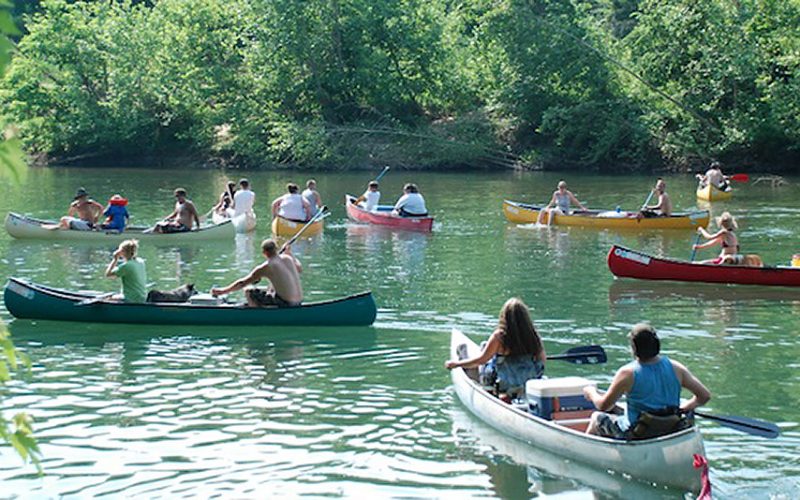
People Making Ripples: Celebrate the buffalo is a new Non-Profit Organization operating out of NWA specializing in the protection and promotion of the Buffalo National River. They aim to keep this beloved Arkansas Jewel safe for future generations. Michael Kilpatrick, Laura Wohlford, Brandy Kilpatrick, Drew Lee and Daniel Hicks were inspired to begin Celebrate the Buffalo while assisting with a boy scout camp and participating in floats on the river. “We pulled out so many tires and beer cans, and this is supposed to be one of the cleanest rivers in the nation and so many people love it, yet it’s so dirty,” said Michael. The organization wants to bring local artists and venues together with conservationists in a large 2014 event to raise money for an annual river clean up. For more information contact Laura Wohlford (479) 866 4207 or lwohlfor@uark.edu.
By Amanda Bancroft
If only houses could wear antiperspirant. But since they can’t, there is a tendency in earthbag homes built in humid climates for moisture issues. The Ozarks is a sweaty, humid place, but I wouldn’t want to live in many other locations because of our wonderful lush green growth, four distinct seasons, and native species. Does this mean I should break out the stick frame house and get insurance in case of fire, flood, earthquake or tornado? Nope!
Earthbag homes really can be designed in such a way as to make them adapted to humid climates. The first step is to acknowledge that we have something very powerful here that occurs naturally: rain! Domed earthbag buildings are super popular and look intriguingly like a spaceship, but even a waterproof coating on them will get hammered by rain at most times of the year. The problem with domes is making the walls breathable but also waterproof, which are contradictions. Therefore, Ripples acknowledges the rain by building a roof on our structure with very wide overhangs — at least 48 inches.
Next, it’s important to plan for the walls and protect them from erosion. I’ve seen eroded earthbag walls from structures not built for rainy climates, and it’s depressing. But with specialized water-resistant clay coatings, or a lime plaster over an earthen base coat, exterior walls shouldn’t have a problem. The lowest part of the wall gets hit with the most rain, so it’s prudent to protect it further with tile or natural stones in aesthetic designs. The lime plaster needs maintenance every two years.
Earthen blocks or bags handle hot and humid climates better than most wall systems, according to architect Owen Geiger. It’s important to keep the walls breathable and not use a moisture barrier, as this keeps the walls and human inhabitants quite happy. (But keep water off the walls as much as possible.) However, use a moisture barrier in any part of the wall where it’s bermed with earth. If there is clay in the bag mix or exterior, that can be great at keeping the interior temperature moderate, since it absorbs and releases moisture — I’m still learning the magic of how this is effective!
Thanks to research compiled by Patti Stouter, “Earthbag Building in the Humid Tropics,” we know that cement stucco is a terrible idea for earthbag walls because it traps in moisture and causes the walls to literally “melt away” but not in the pleasant sense, as with delicious chocolate. So cement isn’t recommended in most cases.
We’ll probably be using a Japanese-style wall-mounted unit for seasons when moisture control will be most problematic, and also as a backup temperature regulator and air purifier. Fortunately, earthbag homes don’t smell as bad as a sweaty human, so once moisture control is accounted for, they won’t need deodorant like we do.
Ripples is a 100% solar-hosted website that includes a blog, newspaper column, resources and services for individuals and non-profit organizations. Read more on this topic and others at www.RipplesBlog.org










